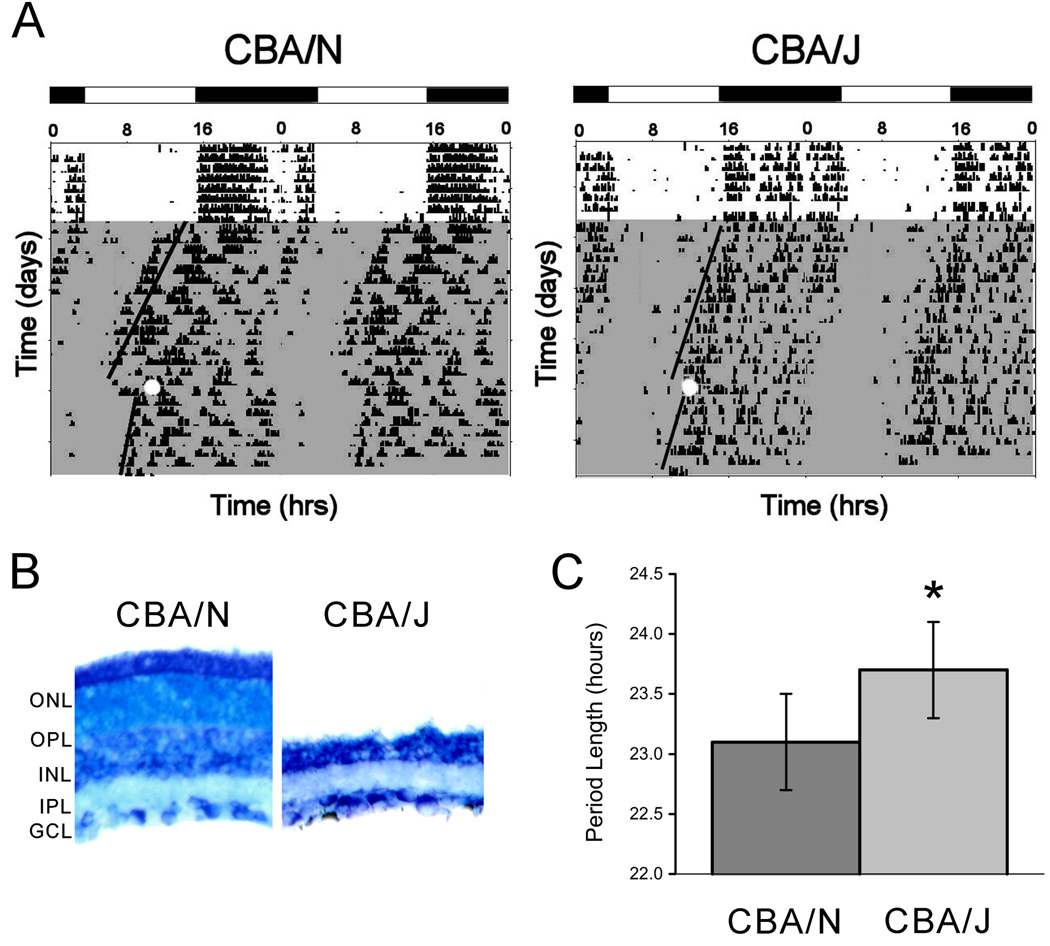Figure 1. Light entrainment, free-running rhythms and phase-shifting in CBA/J and CBA/N mice.
A. Actograms depicting wheel running behavior in CBA/J and CBA/N mice under 12:12 (LD). Activity and rest were double-plotted. White bars indicate lights on and black bars indicate lights off. The shaded region depicts constant darkness (12:12 (DD)) in which the animals exhibit free-running rhythms. The white circle indicates a light pulse given at CT 15 to cause a phase-shift. Both strains of mice exhibit a phase shift, though the response in CBA/J animals was slightly attenuated. The actograms and values reported are representative of data from 6 mice of each strain. B. Period lengths in CBA/J and CBA/N mice are significantly different ( * = p = 4 × 10−3, t10 = 5.1). White bars = period length in CBA/N mice; dark grey bars = period length in CBA/J mice. C. Giemsa-stained retinal cross-sections taken from mice used in the wheel-running experiments confirm that CBA/J mice lack ONL and OPL. Scale bar = 50 µm.

